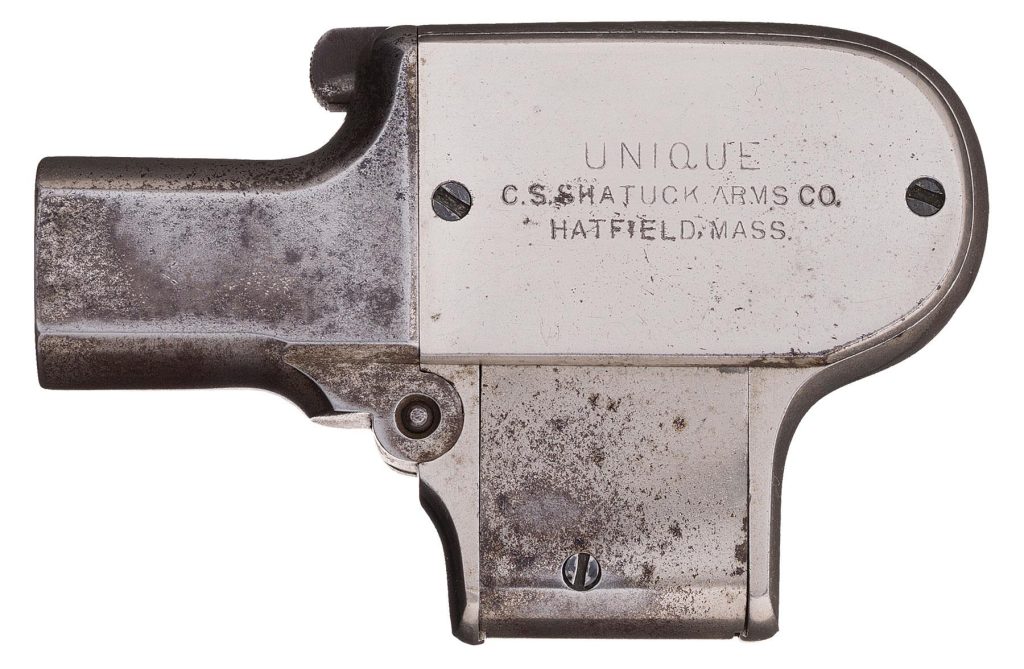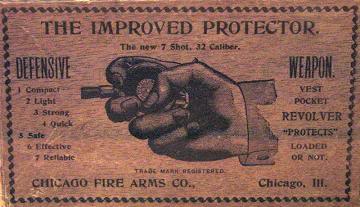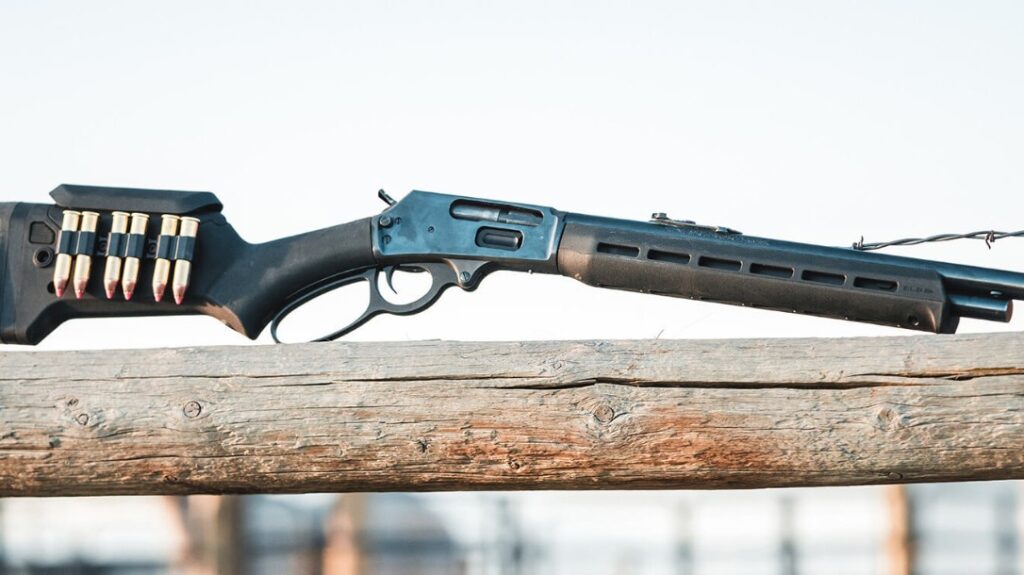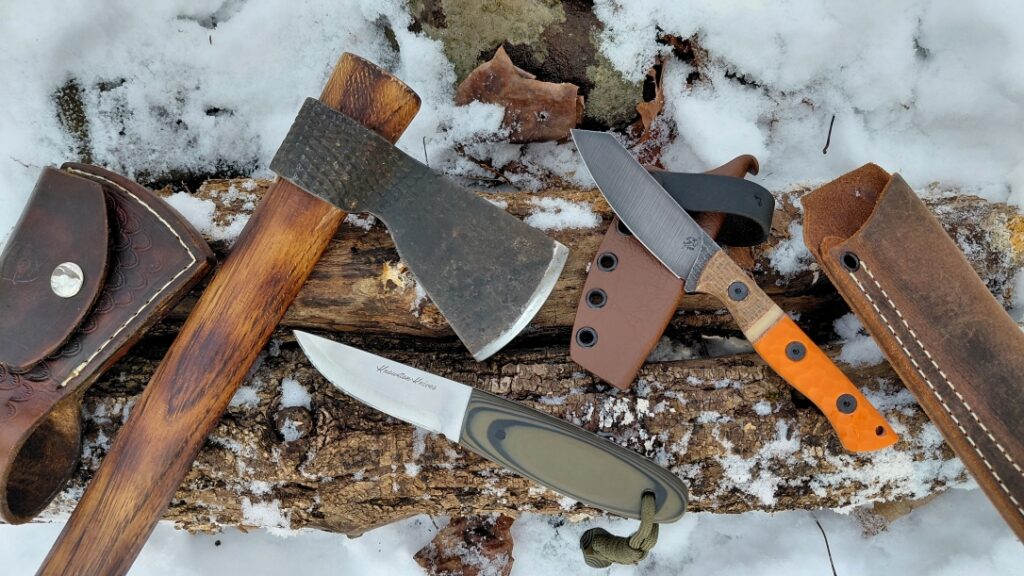If you think we get plenty of weird guns now, you should have been around in the late 1800s. Something about the advent of metallic cartridges spurned a ton of innovation, and with innovations comes a dose of weirdness. One of the weirder pistol concepts is the palm pistol which rose to prominence in the 1880s and remained somewhat popular until about 1910.
Palm pistols remain an interesting fad due to their tie to concealed carry. They are purpose-built concealed carry firearms that often attempt to provide a disguised and extremely compact pistol for self-defense. These ultra-small firearms would be easy for the average gentleman to carry. The appeal was simple and easy to see. A palm pistol could be nearly concealed just inside your hand.
Let’s say you were a gentleman about town. You visited the pub, went to see a show at the theatre, and you’re heading home for the evening. You notice a few rougher-looking men follow you as you leave town and begin to feel suspicious. A discreet reach in your pocket transfers your palm pistol to your hand. The weapon’s small barrel is the only thing visible in your hand, and no one is paying attention to you. You refuse to be Bruce Wayne’s dad tonight!
Advertisement — Continue Reading Below
Regardless of what happened next, the palm pistol was present and ready. It could be carried discreetly, even in the hand. They were incredibly small and compact, especially for the era. Remember, in 1880, there was no Vest Pocket pistol. Your option was basically a derringer if you wanted something ultra-small and convenient.
What’s a Palm Pistol Exactly
As the name implies, it fits in your palm. The grip and design of the gun are meant to be almost completely concealed in your palm. The only thing that stood outside of your hand would be the barrel poking between your fingers. This gives palm pistols a rather unusual appearance. They do not look like standard guns in shape or size.
The most famous of these palm pistols is the Protector Palm pistol from 1882. This ultra-small and very unusual-looking firearm is actually a revolver. The round portion in the center holds seven or eight rounds, depending on caliber. Calibers included the .32 Extra short, the .25 ACP, and a .41 caliber, which I assume is a .41 Rimfire. The trigger is in the rear and is fired when the gun is squeezed.
Advertisement — Continue Reading Below

Other Palm Pistols included the Shattuck Unique pistol, which was designed by Oscar Mossberg of Mossberg fame. This was a four-barrel pistol with a rotating firing pin. The same design would later likely inspire the Mossberg Brownie. There is also the Gaulois Palm Pistol, which used the .32 Extra Short, but interestingly used a drive round box magazine.

Advertisement — Continue Reading Below
The most conventional of these guns, and arguably the earliest, was the Little All Right Firearms Company Palm Pistol. This gun premiered in 1876. This was a micro revolver with a squeezer trigger at the top of the gun. This meant that you got a little blast from between the cylinder and barrel, but it fired .22 Short, so there wasn’t much blast.
Ahead of Its Time
These little guns were micro-sized and easy to conceal, as well as repeating firearms. They were somewhat unique and complicated in design as well. They were a bit ahead of their time but somewhat doomed to fail. Palm Pistols were hard to aim and were only useful as belly guns.
They also tended to fire fairly weak cartridges like .32 Extra Short. They were anemic and, as rimfire cartridges, not always reliable. What really killed these guns was the advent of small automatics. The Colt vest Pocket guns, the FN M1910, and Baby Brownings were not only small but more conventional and fired centerfire cartridges.
Advertisement — Continue Reading Below

These days palm pistols are interesting collector’s items. A company called Palm Pistol promised to create both a single-shot pistol and even a palm-fired carbine, and while the website still exists, I’m not sure if they ever got off the ground. These were certainly interesting firearms and were creative examples of what a concealed firearm can be.















